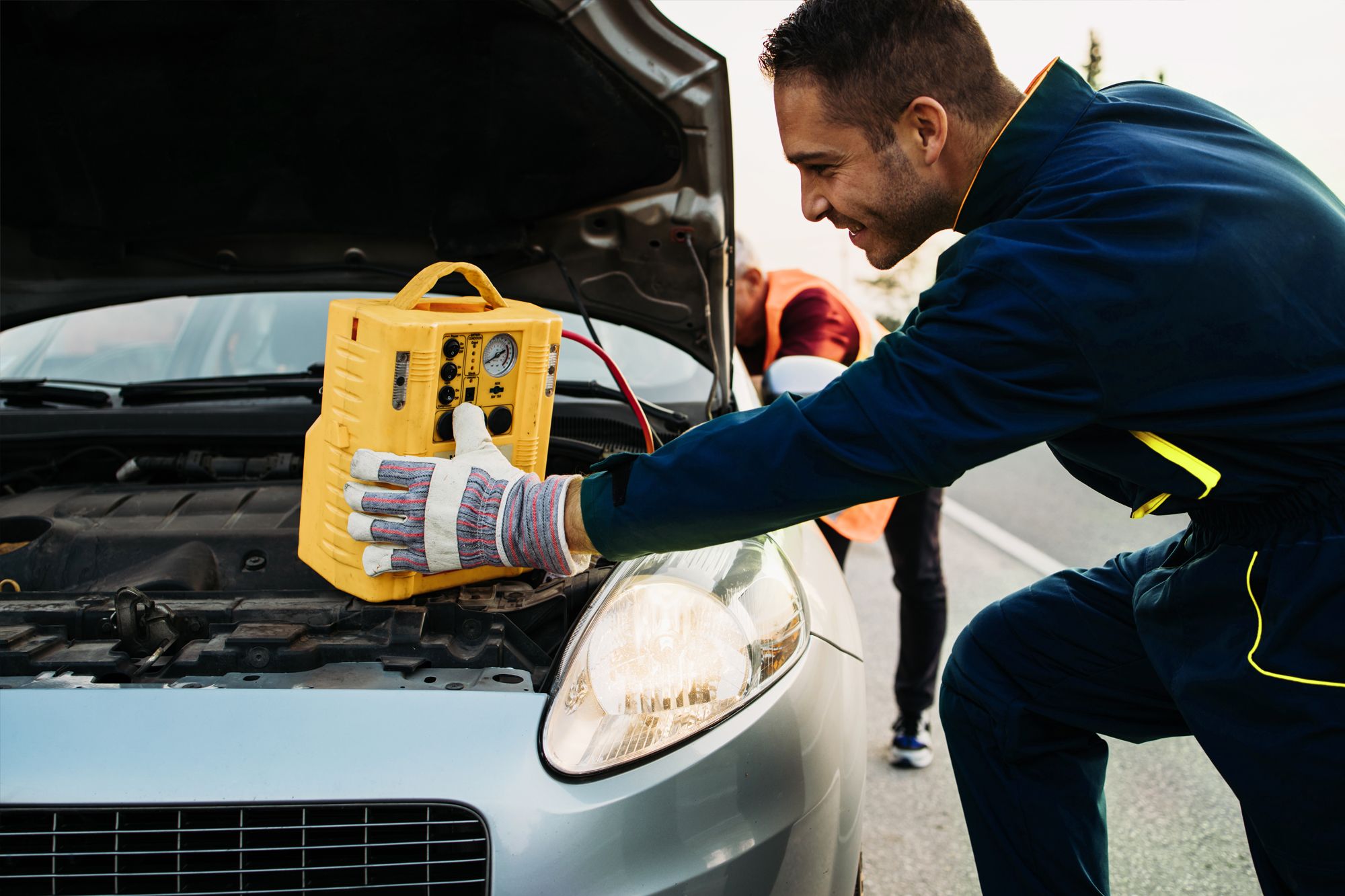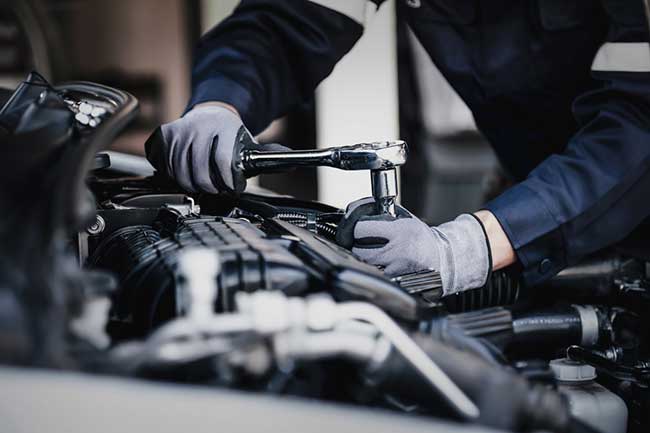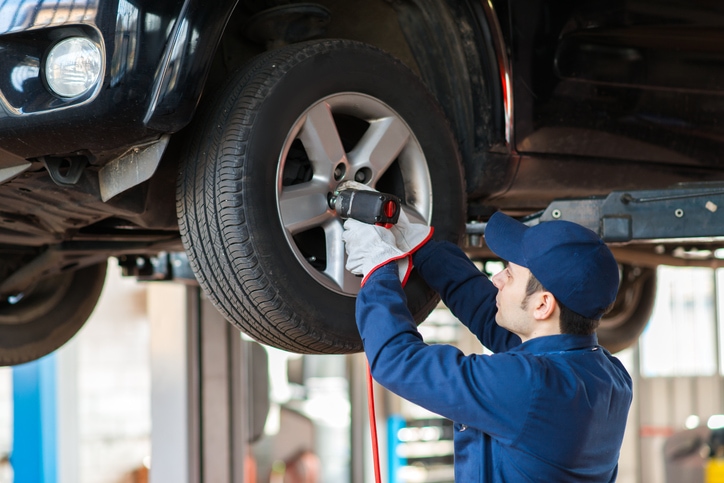All Categories
Featured

When it concerns automobile repair work or upgrades, one of one of the most crucial choices you'll deal with is whether to choose Original Tools Producer (OEM) components or aftermarket parts. Both choices supply distinct advantages and disadvantages, so recognizing the differences in between them is crucial for making an informed decision. In this write-up, we'll explore the benefits and constraints of OEM and aftermarket components to assist you make a decision which is ideal suited for your automobile.
What Are OEM Parts? OEM components are generated by the very same supplier that made the initial parts in your car. These components are developed to meet the exact requirements of your automobile, ensuring they are a specific fit and supply the same performance as the parts that included the lorry when it was very first built. OEM parts are often thought about the "factory criterion" since they come straight from the automobile's producer or an accredited provider.

One of the primary benefits of making use of OEM components is their ensured high quality. Given that these parts are made to the same standards as the originals, they usually offer a best fit and reputable efficiency. Additionally, lots of OEM parts include a guarantee, offering you assurance that you'll be shielded in instance of problems.
What Are Aftermarket Components? Aftermarket components are made by third-party manufacturers that are not associated with your lorry's original supplier. These components are made to fit a wide array of vehicles and are usually cheaper than OEM parts. Aftermarket parts can be used for routine repair services or upgrades, and they typically use a more comprehensive series of choices compared to OEM parts.

The main allure of aftermarket parts is their affordability. Due to the fact that they are created by independent manufacturers, they are usually priced less than OEM components. In addition, aftermarket components might supply far better efficiency or extra attributes not available in OEM options. For instance, aftermarket exhaust systems, brake pads, and suspension elements typically supply enhancements in efficiency or looks that may not be discovered in OEM parts.
Benefits of OEM Components. Accuracy and Compatibility: OEM parts are created especially for your lorry's make and version, ensuring they fit completely and perform to the precise specifications needed. Service Warranty Coverage: Numerous OEM parts include guarantees, using coverage in situation of issues or premature failure. High quality Assurance: Given that OEM components are made by the initial maker, they go through the exact same rigorous quality assurance standards as the components set up in your automobile when it was initial developed. Resale Value: If you plan to offer your car, having OEM components can assist preserve its resale value, as prospective buyers might be extra thinking about an automobile that has actually been repaired with original components. Advantages of Aftermarket Components. Cost Savings: Aftermarket parts are generally less costly than OEM components, which can be a substantial advantage if you're on a spending plan or want to conserve money on repairs. Variety and Modification: Aftermarket parts offer a larger range of alternatives, consisting of efficiency upgrades and visual improvements. If you desire to increase horsepower or enhance your car's appearance, aftermarket options can supply unique services. Availability: Aftermarket parts are typically simpler to find than OEM components, especially for older vehicles that may no more have easily offered OEM parts. Performance Improvements: Some aftermarket components are created with efficiency in mind, such as high-performance brakes, air filters, or exhaust systems. These parts can enhance your vehicle's total efficiency and driving experience. Negative Aspects of OEM Parts. Higher Rate: One of the most significant downside to OEM parts is their price. They are typically much more costly than aftermarket alternatives, which can include up quickly if your auto needs multiple repair services. Limited Personalization: OEM parts are developed to restore your vehicle to its original specifications, implying they might not provide the exact same series of modification options as aftermarket components. Schedule Problems: Depending upon the age of your lorry, certain OEM parts may be more difficult to locate or ceased, making repair services harder. Negative Aspects of Aftermarket Parts. Inconsistent Quality: While lots of aftermarket parts are of high top quality, others might be improperly made or lack the longevity of OEM parts. It is necessary to investigate the maker and read reviews to make certain the top quality of the part you're considering. Fitment Troubles: Aftermarket components are developed to fit a large range of vehicles, but they might not always provide the excellent fit that OEM components guarantee. This can result in installment problems or suboptimal efficiency. No Surefire Warranty: While some aftermarket components come with guarantees, they may not be long-lasting or as comprehensive as those supplied by OEM components. Sometimes, making use of aftermarket parts might likewise affect your vehicle's service warranty coverage if it's still energetic. Just how to Make a decision In Between OEM and Aftermarket Components. The choice in between OEM and aftermarket parts eventually depends upon your certain requirements, preferences, and budget. Here are a couple of considerations to assist lead your option:
Spending plan: If saving money is a top priority, aftermarket components are typically the much more affordable option. Nonetheless, be conscious that less costly components might not last as long as OEM parts, which might cause higher costs in the future. Vehicle Age and Condition: For newer cars, specifically those under service warranty, it's usually an excellent concept to select OEM components to maintain the automobile's stability and maintain its resale worth. For older vehicles, aftermarket parts might be much more practical, especially if the car is no more under service warranty or if you're trying to prolong its lifespan with cost-efficient solutions. Repair Type: Particular crucial repairs, particularly those pertaining to security (brakes, airbags, and so on), are best handled with OEM parts to make certain the highest level of security and efficiency. For non-essential repairs or alterations, aftermarket components can supply a superb balance of high quality and affordability. Performance and Customization: If you're trying to find performance upgrades or distinct customization options, aftermarket parts may be the very best selection. Lots of aftermarket suppliers style parts specifically for improving your auto's capabilities, whether it's for far better performance or visual appeals. Verdict. Both OEM and aftermarket parts have their disadvantages and pros, and the best choice depends on your details demands and priorities. OEM components are optimal for keeping the original high quality and performance of your lorry, while aftermarket components supply expense savings, personalization choices, and a more comprehensive variety of choices.
Latest Posts
Improve Your Hyundai Ownership with Ron Marhofer Hyundai's Special Programs
Published Apr 21, 25
1 min read
Transform Your Home with Top Quality Floor Covering Solutions
Published Apr 21, 25
1 min read
NAPA AutoCare Certified: Count on Montclare Auto Repair for Professional Workmanship
Published Apr 21, 25
2 min read
More
Latest Posts
Improve Your Hyundai Ownership with Ron Marhofer Hyundai's Special Programs
Published Apr 21, 25
1 min read
Transform Your Home with Top Quality Floor Covering Solutions
Published Apr 21, 25
1 min read
NAPA AutoCare Certified: Count on Montclare Auto Repair for Professional Workmanship
Published Apr 21, 25
2 min read